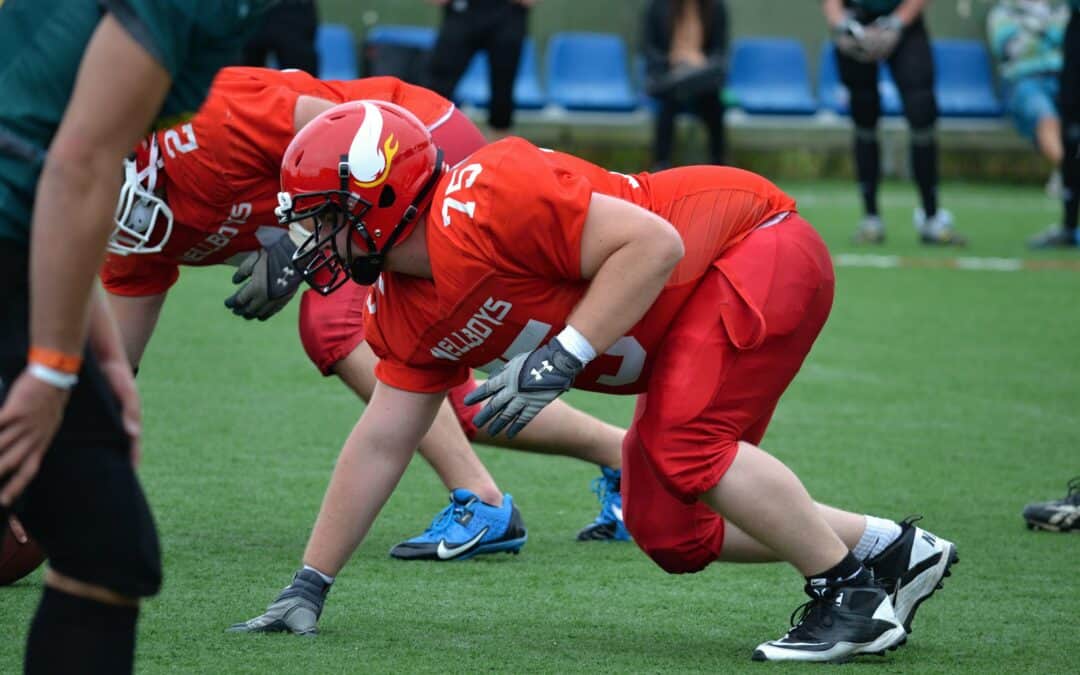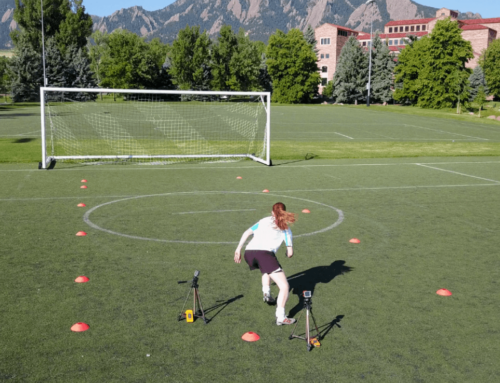Cyclist Toms Skunjins took a hard fall in the Tour of California, and fell several more times while staggering back onto his bicycle. The video showing his struggle to resume the race is alarming and hard to watch. Despite his obvious confusion and dizziness, two visible symptoms of a concussion, Skunjins continued in the race for a short time with no immediate evaluation. Allowing Skunjins to continue with little control or awareness put himself and other competitors at risk for collision and further injury. This prompted questions about concussion policies and culture in cycling. The MLS and NHL also came under fire last week regarding concussion protocol after incidents involving Atlanta United’s Yamil Asad and Pittsburgh Penguins star Sydney Crosby.
Yamil Asad was hit by a soccer ball in the head at close-range, and immediately fell to the ground. During the fall, Asad made no moves to brace himself, suggesting he may have been unconscious as he contacted the turf. After a brief evaluation Yamil Asad continued to play, and logged a full 90 minutes. Jonathan Greenleaf, Atlanta United’s team doctor, was visibly upset by this decision and continued to argue with the 4th official after Asad was allowed to return to the game.
The handling of Yamil Asad’s injury sparked criticism of MLS concussion policy. Players are tested for concussions using the Sport Concussion Assessment Tool (SCAT) to evaluate memory, cognition, and neurological symptoms. Recently, the league also added “spotters” to help identify possible concussions. Asad’s incident caused concern among fans, who feel the proper protective steps may not have been followed. Former MLS player Taylor Twellman, whose career was cut short by concussions, tweeted “Until @MLS holds their franchises accountable when they blatantly ignore the concussion protocol then serious progress can’t be made.”
Asad’s quick return also reveals ongoing problems with sporting culture, where leaving a game can be a sign of weakness. Players often play through painful injuries because of a strong commitment to teammates, fans, and their career. They can even go so far as to hide symptoms of concussions or other serious injuries, fearing they could lose playing time if coaches or doctors were involved. MLS player Matt Hedges explained, “I love to play and don’t really care if I am hurt or whatever, I just want to be out there.” Hedges’ passion for the sport is admirable, but this type of culture can lead to career ending injuries and put long term health at risk.
Much like Yamil Asad, Sydney Crosby was not removed after a nasty head first collision with the boards during the Pittsburgh Penguins’ Game 6 against the Washington Capitals. Crosby, who missed Game 5 due to a concussion sustained a week earlier, was not removed despite being slow to get up after the collision. NHL deputy commissioner Bill Daly defended the spotter’s decision, suggesting that “Depending on the mechanism of injury, ‘slow to get up’ does not trigger mandatory removal. The protocol has to be interpreted literally to mandate a removal.” Current NHL policy only requires a removal after a player’s head specifically hits the ice, not the boards. According to Daly, this technicality prevented concussion spotters from pulling Crosby.
In a post-game interview, Penguins coach Mike Sullivan said Crosby was not checked for a concussion. The NHL’s handling of Crosby’s collision drew criticism from Chris Nowinski, the co-founder and CEO of the Concussion Legacy Foundation, who called for the policy to be “amended before the puck is dropped in another NHL game.” Proper concussion evaluation is important to protect athletes who have taken hits to the head from further harm, and fans fear the NHL’s current policy is putting players at risk.
Three different professional sports agencies came under fire for their concussion policies and culture in the same week. Updating and enforcing concussion protocols should be taken seriously to protect athletes. In addition to improved technology, these policies can help promote safer sports at all levels of competition. The incidents involving Tom Skunjins, Yamil Asad, and Sydney Crosby highlight the ongoing need for vigilance and proper handling of head injuries.






